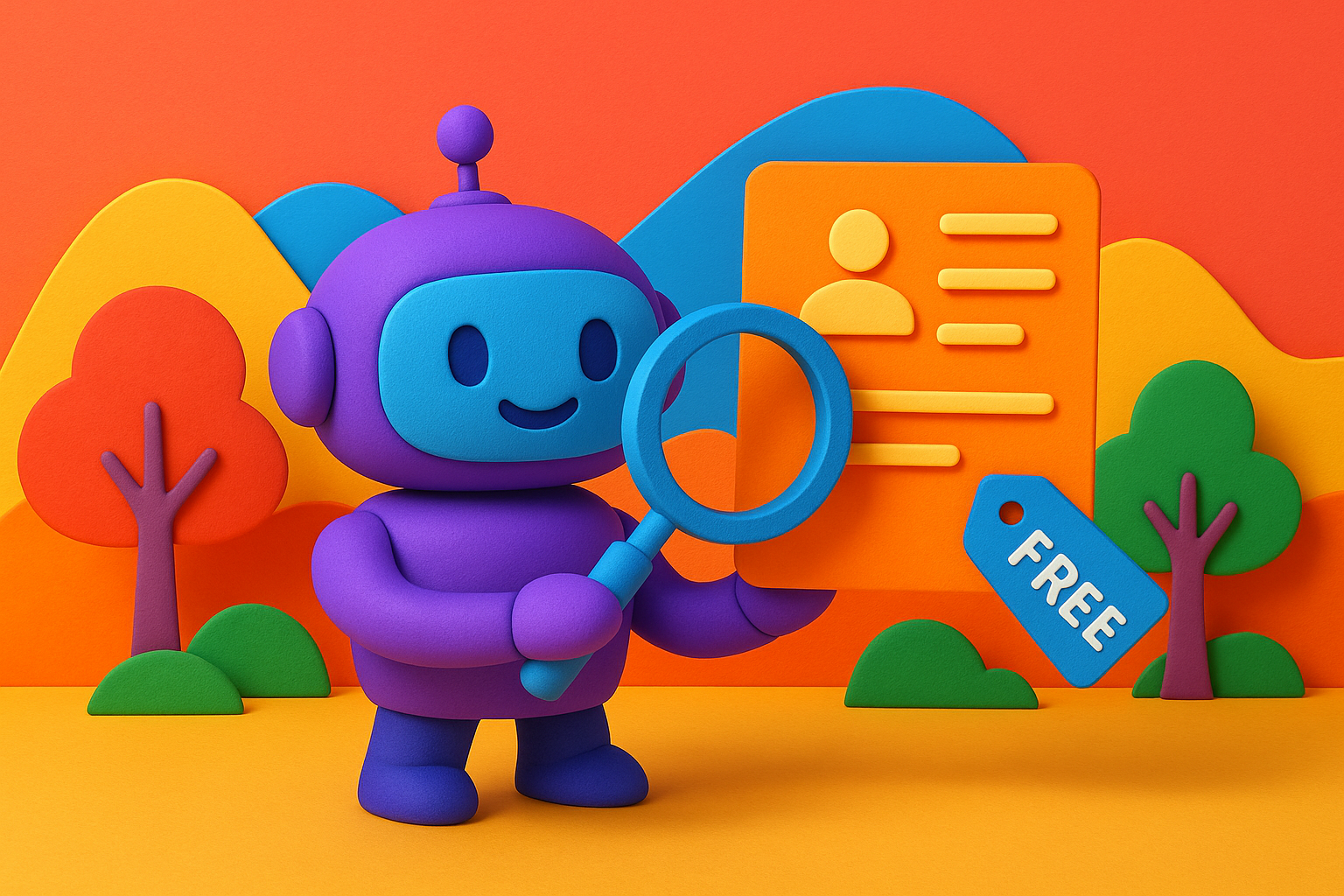
Best Practices for A/B Testing Resume Screening Criteria
Best Practices for A/B Testing Resume Screening Criteria
Published on October 21, 2025 · Q&A format · A casual, practical guide to testing your screening rules without breaking your funnel.

Q: What does A/B testing look like in resume screening?
Short version: You randomly split applicants into two groups (A and B), apply different screening rules, and compare downstream outcomes. Instead of arguing over “5+ years required,” you test it and see which rule yields better interview-to-offer, time-to-hire, and early success.
Q: What screening criteria are safe and useful to test?
Start with changes that are job-relevant and reversible:
- Keyword/skills match thresholds: e.g., 70% vs. 85% match tolerance
- Years-of-experience gates: strict (5+) vs. practical (3+ with proof of ability)
- Work sample difficulty/length: 10–15 min task vs. 30–40 min task
- Rubric weighting: skills assessments weighted 40% vs. 60%
- Knockout questions: precise must-haves vs. broader equivalents
- Resume parsing strictness: lenient title matching vs. exact-match titles
Aim for one change per test so you know what moved the metric.
Q: Which metrics should we track?
Track both speed and quality—otherwise you’ll optimize for the wrong thing:
- Screen-pass rate: % of applicants who clear initial screen
- Interview-to-offer rate: core accuracy signal (target ~30–50% for healthy process)
- Offer acceptance rate: fit and expectation alignment
- Time-to-screen & time-to-hire: operational speed
- 90-day outcomes (proxy quality): ramp/retention signals and manager satisfaction
- Diversity impact (fairness): monitor stage parity; investigate gaps
Q: How big does our sample need to be?
Rule of thumb: if you expect a modest improvement (say +5–10 percentage points in interview-to-offer), plan for hundreds of applicants per variant to see a stable signal. Smaller volumes? Run longer, pool multiple cycles, or focus on large effect tests (e.g., different work-sample designs) that show clearer separation.
Q: How long should each test run?
2–4 weeks for high-volume roles is typical. Avoid mixing different hiring seasons (e.g., holidays) in one test. If seasonality is unavoidable, use AA tests (A vs. A) first to confirm your assignment and measurement are stable.
Q: How do we randomize fairly?
Use your ATS if it supports experiments. If not, a simple deterministic method works: hash the candidate email and send even hashes to A, odd to B. Deterministic assignment prevents “flip-flopping” across stages and keeps logs audit-friendly.
Q: What’s a good first test for most teams?
- Work sample length: 15‑minute task (A) vs. 30‑minute task (B). Measure completion rate, interview-to-offer, and candidate feedback. Many teams find shorter tasks increase completion without hurting quality.
- Experience gates: “5+ years” (A) vs. “3+ years or equivalent skills” (B). Measure screen-pass, diversity impact, and 90‑day performance proxies.
- Keyword strictness: 85% match (A) vs. 70% (B). Watch for better interview conversion with the less strict variant—often it surfaces strong non-traditional profiles.
Q: How do we keep A/B tests fair and compliant?
Center everything on job-relevant, validated criteria and review outcomes for disparate impact. Practical guardrails:
- Use structured rubrics and the same interview prompts across variants
- Blind or anonymize early work samples where feasible
- Monitor stage pass-through by cohort; investigate significant gaps
- Document hypotheses, criteria, and decisions for auditability
Q: Any common pitfalls to avoid?
- Peeking and early stopping: Don’t call winners after two days of noise
- Multi-change variants: If B differs in 5 ways, you won’t know what worked
- Source mix shifts: If A pulls more referrals and B pulls more job board traffic, segment results or stratify assignment by source
- Ignoring candidate experience: Long tasks and redundant forms crush completion
- Set-and-forget: Re‑validate quarterly—role needs drift
Q: How do we decide if a variant “wins”?
Predefine your primary metric (e.g., interview-to-offer). If B improves the primary metric without tanking guardrails (time-to-hire, diversity, candidate satisfaction), you have a winner. For lower volume, use confidence intervals and practical significance (e.g., +8–12pp lift that persists for 2 cycles) rather than strict p-values only.
Q: Should we use bandits instead of classic A/B?
Multi-armed bandits auto-shift traffic to the better variant as data accumulates—useful when you care about short-term outcomes (hire better now) more than pure inference. If learning is the goal (clear read on causality), classic A/B with fixed splits is simpler to reason about and audit.
Q: What’s a realistic 14‑day quickstart?
- Pick one role and one change (e.g., skills-match threshold)
- Define metrics (primary: interview-to-offer; guardrails: time-to-hire, stage parity, completion rate)
- Implement randomization (ATS flag or deterministic hash)
- Run 14 days; collect volume and outcomes
- Decide: ship the winner or extend test if results are close
- Document hypothesis → setup → results → next iteration
Q: What outcomes do teams typically see?
When teams test skills-first criteria and right-size early tasks, they usually see higher interview-to-offer rates, stable or faster time-to-hire, and fewer false positives reaching panel interviews. The big unlock is a cleaner shortlist that everyone can rally behind.
Try it now: Spin up a 2‑week A/B on your next role with our free AI resume screening tool. Weight skills first, adjust thresholds safely, and get side‑by‑side outcomes.
Related reading
- Best Analytics for Optimizing Your Resume Screening Funnel
- What Hiring Metrics Your Resume Screening Dashboard Should Track
- Why Data‑Driven Resume Screening Improves Quality of Hire by 67%
Join the conversation
Ready to experience the power of AI-driven recruitment? Try our free AI resume screening software and see how it can transform your hiring process.
Join thousands of recruiters using the best AI hiring tool to screen candidates 10x faster with 100% accuracy.